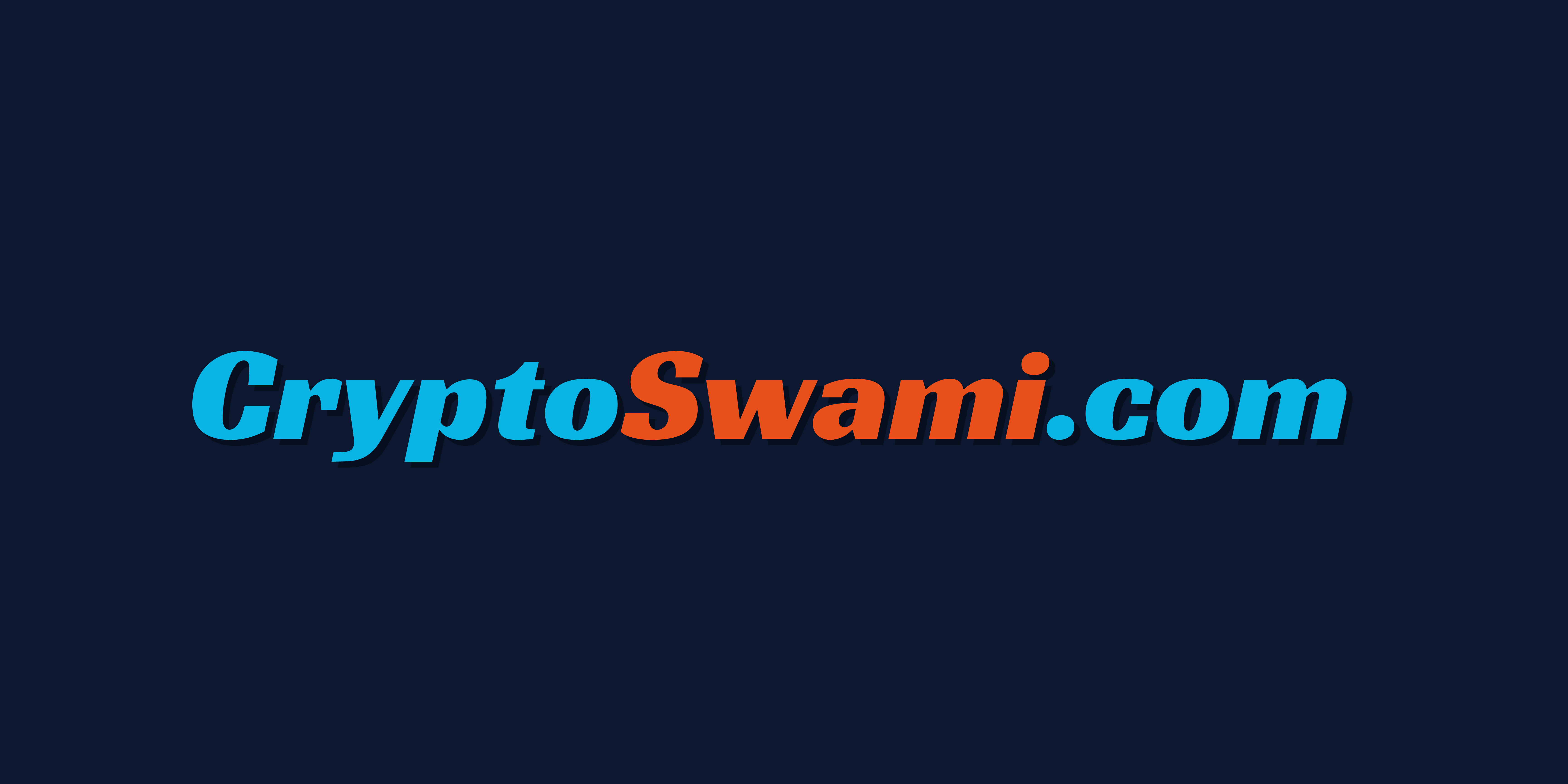Western Union, which is one of the oldest and most reliable money transfer companies in the world, is about to leave the blockchain age. The financial powerhouse has also stated that they are planning to introduce their stablecoin on the Solana blockchain early in 2026.
The relocation makes Western Union the first large remittance firm with full integration of blockchain technology on its payment system that would likely transform how millions of individuals send and receive money around the world.
What Is the Western Union Stablecoin (WUST)?
The upcoming West Union Stable Token (WUST) will allegedly be a stablecoin, consisting of one U.S. dollar, pegged 1:1 to the U.S dollar with known reserves.
In contrast to a majority of other experimental crypto tokens, WUST will be built into the digital platform of Western Union, allowing the users to send, receive, and exchange the stablecoins without issues using the accounts or mobile apps they already have.
This would turn the international transactions to be instant, transparent and cheap, as compared to the wire transfers of the past that can take days and are very expensive.
The Reason why Western Union Picked Solana
The fact that Western Union selected Solana is a good example of the expanding popularity of the blockchain as the network of choice when it comes to making real-life payment options. Solana offers:
- Thousand per second transactions are ultra-fast.
- Low charges – in the range of a cent.
- Mobile infrastructure with Solana Pay.
These characteristics ensure that it is the best fit with the huge volumes of transactions carried out by Western Union worldwide. Solana has on-chain compliance tools and developer ecosystem are also mentioned as significant benefits by developers located near the project.
Revolutionizing Global Remittances
Western Union is one of the market leaders and the remittance industry of the world is over 860 billion every year according to the world bank.
With the help of blockchain, Western Union would like to:
- Cut transaction costs by 70 percent.
- Provide instant international settlements.
- Increase transparency by onchain tracking.
- Gain access to unbanked users.
Latin America, Africa, and Southeast Asia are deemed the pilot areas of WUST, where most of the remittance is flowing, and the influx of crypto is quickening.
Industry Responses and Understandings
Crypto holders and crypto analysts refer to the move as the tipping point to wide adoption.
“When a 170-year-old financial brand goes blockchain, it is one of the signs that blockchain is not an experiment anymore, it is an infrastructure.” Said a Solana ecosystem developer that is privy to the venture.
Nevertheless, Western Union will have difficulties navigating the customer stablecoin regulations and compliance in the jurisdictions. Provided it succeeds, it would open the way to other larger, more traditional finance (TradFi) giants to do exactly the same.
Bridging TradFi and DeFi
The launch of the stablecoin by Western Union is the link between Traditional finance (TradFi) and Decentralized finance (DeFi).
Western Union is positioning itself at the frontiers of a new fintech innovation akin to the one Google has been striving to lead: fast, transparent, and accessible to most people rather than rest on archaic practices.
In the case of Solana, the collaboration can be considered a strong additional real application, which consolidates the company as one of the most popular blockchains to use in payment services.
The move by Western Union to enter the stablecoins is a breakthrough in financial evolution. Through the combination of blockchain and legacy trust, the company would redefine the flow of money all over the world – global remittances in the quickest time frame possible, at lower expenses, and with a broader array of individuals discovering alternative methods to access their funds, and their loved ones, than ever before.







